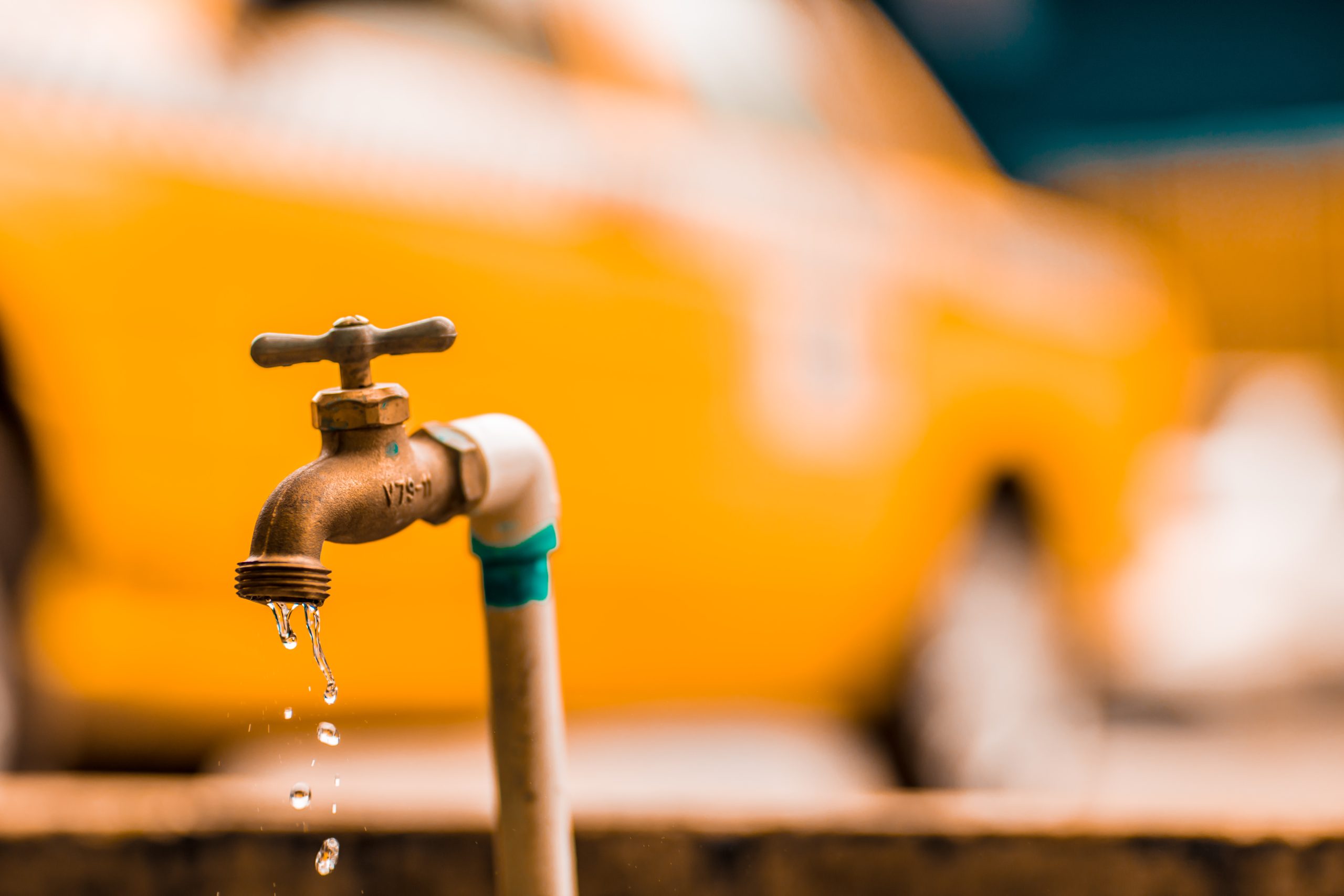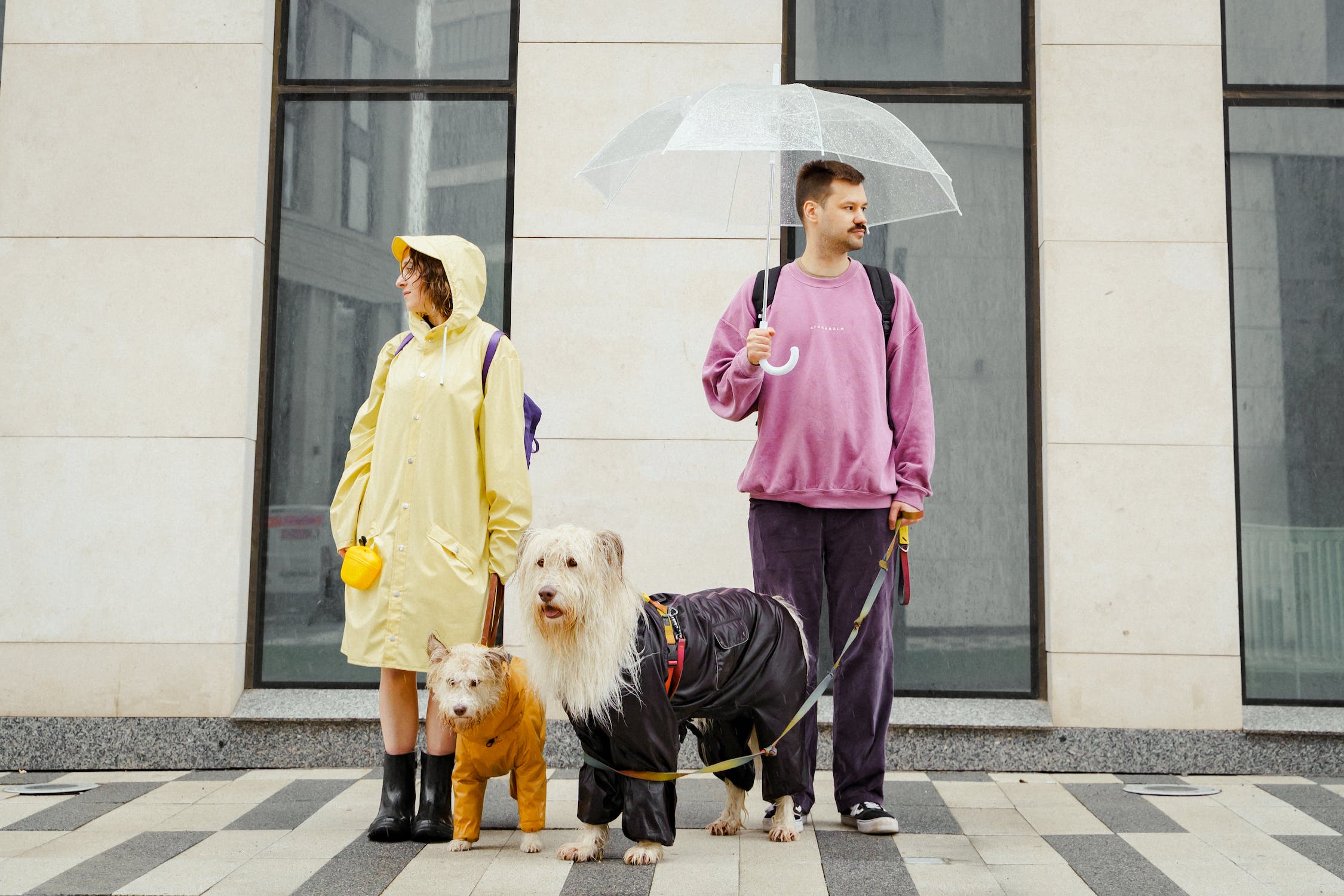The study of odds and statistics, otherwise known as maths, is used to inform most of the content we encounter each day. However, it wouldn’t be unfair to say that statistics are more often used for education and entertainment in the media, such as in an infographic about crime or just how much water we lose annually from a leaky tap (3,000 gallons). There’s a nearly inexhaustible number of uses for numbers, though – some, more valuable than others.
Randomness
In video gaming, for instance, lots of outcomes are driven by something called RNG or ‘random number generation’. This concept governs everything from the type of prizes that a player earns to whether or not an action will be successful. Of course, by taking the time to understand how RNG works, it’s sometimes possible to optimise the way you play to make adventuring a bit more lucrative.

Much the same thing exists in casino gaming too. While roulette is a game of chance, players can improve their chances of winning by betting in certain ways or by seeking out certain game variants. RNG is still king but being able to tailor your experience a little does make a difference, both in terms of how much enjoyment can be squeezed out of the game and how long your bankroll lasts.
Luck in real life presents the same mix of randomness and predictability. A good example of this is the weather, which the Met Office claims can be guessed accurately at a rate of 92.5%. This hasn’t always been the case, though, as the now-infamous BBC report before the Great Storm of 1987 demonstrated. Still, three decades on, science is much more confident about what the sky is going to do.
Flooding
What are the chances of meeting with a dangerous weather event? Unfortunately, extreme conditions are up to one hundred times more likely in Cork today as a result of climate change. With an oceanic climate, the city will probably see an increase in winter rains and floods, while drier conditions will dominate the summers. The good news is that, for now, the human cost of these events is on the decline.
As far as those floods are concerned, Cork does have some high-risk areas in the vicinity. The Flood Maps website indicates that the river to the north of Carrigrohane and Ballincollig are especially prone to flooding, something that may become worse if the effects of climate change continue to worsen. On the plus side, your chances of coming to harm in a heavy storm are just 1 in 35,074.
The question that needs asking is whether it’s worth preparing for such disasters. Parts of Ireland were hit by floods in August, September, and October of 2020, which suggests that the Republic is at least prone to high waters during late summer and early autumn. Preparation never does anybody any harm (and there’s plenty of advice online about flood defences) so it might be worth stocking up on beans and blankets for an especially rainy day.
#SP
Help support Cork Safety Alerts by becoming a member – Click Here

